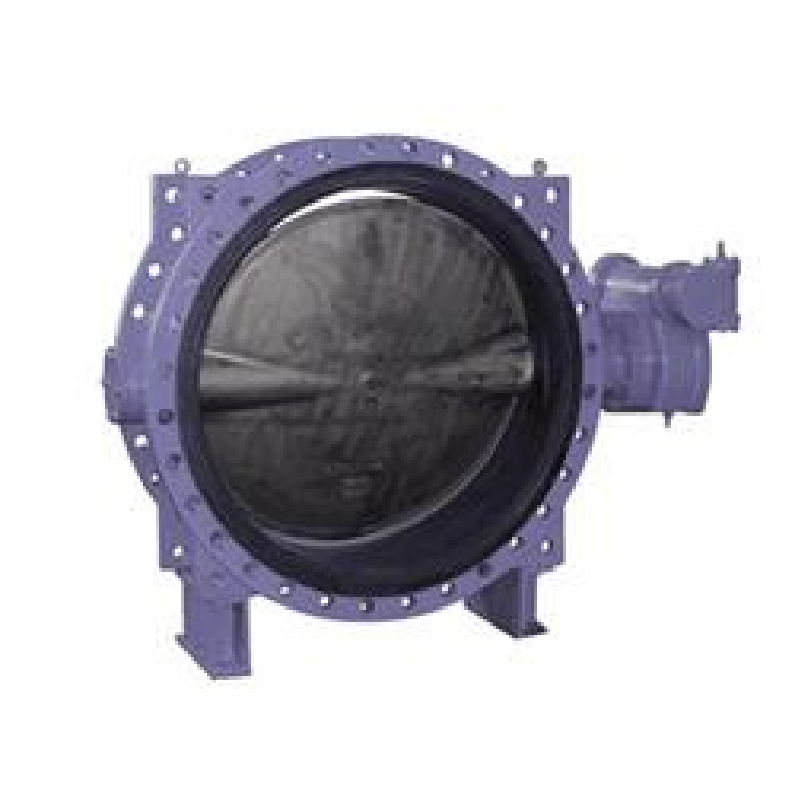10 月 . 17, 2024 02:27 Back to list
Understanding the Functionality and Application of 3-Way Ball Valves in Fluid Systems
Understanding the 3-Way Ball Valve Features, Applications, and Benefits
In various industrial processes, the control and management of fluid flow are paramount. One of the most efficient and reliable devices used for this purpose is the 3-way ball valve. This type of valve has become a staple in various applications due to its versatility and efficiency. In this article, we will explore the features, applications, and benefits of 3-way ball valves.
What is a 3-Way Ball Valve?
A 3-way ball valve is a type of valve that can manage the flow of fluids in three different directions. It typically consists of a ball with three port openings, allowing for the diversion or mixing of media. The ball within the valve is drilled with either a T-shaped or L-shaped design, enabling different flow patterns based on how the valve is positioned. When the handle or actuator is turned, the ball rotates to redirect the flow according to the desired application.
One of the most common configurations is the L-port valve, which allows for fluid to either mix or divert between two paths. The T-port valve, on the other hand, facilitates flow between all three ports, offering more complex routing options. The capacity for both mixing and diverting makes the 3-way ball valve a versatile tool in fluid management.
Key Features
1. Compact Size 3-way ball valves are generally compact, making them suitable for applications where space is limited. Their design allows for efficient flow control without requiring excessive installation space.
2. Durability Built with materials such as stainless steel, brass, or PVC, these valves are robust and can withstand high pressure and temperature conditions. Their durability ensures longevity and reduces maintenance costs over time.
3. Sealing Performance The spherical design of the ball ensures a tight seal when closed, minimizing the risk of leakage. The seat material in contact with the ball can also enhance the sealing performance.
4. Quick Operation The quarter-turn mechanism of a 3-way ball valve allows for rapid opening and closing. This feature is particularly advantageous in systems requiring fast response times.
5. Versatile Design Depending on the need, the valve can be equipped with various actuation methods, such as manual handles, electric actuators, or pneumatic actuators.
Applications
3 way ball valve

3-way ball valves are used in a wide array of industries and applications
- Chemical Processing In chemical plants, these valves are used to mix different chemicals or divert flow to different tanks, ensuring safe handling of fluids.
- HVAC Systems In heating, ventilation, and air conditioning systems, 3-way ball valves control the distribution of hot and cold fluids, aiding in temperature regulation.
- Water Treatment These valves play a critical role in water and wastewater treatment facilities, allowing for the management of flow in various processes.
- Oil and Gas In the oil and gas sector, 3-way ball valves are used for sampling applications and controlling flow within pipelines.
- Food and Beverage Industry The ability to mix ingredients and manage fluid circulation makes these valves invaluable in food processing and beverage production.
Benefits
1. Improved Flow Control The ability to direct flow in multiple directions enhances operational efficiency, allowing systems to run smoothly.
2. Space and Cost Efficiency By incorporating a single valve that serves multiple functions, businesses can save on both space and costs associated with labor and equipment.
3. Maintenance Reduction Due to their robust design and reliable performance, 3-way ball valves require less frequent maintenance, providing cost savings in the long run.
4. Safety The reliable sealing capabilities of 3-way ball valves contribute to safer operations in environments handling hazardous materials.
In conclusion, the 3-way ball valve stands out as an essential component in modern fluid control systems. Its combination of versatility, durability, and efficient operation makes it a preferred choice in numerous industries. Understanding its features and benefits allows operators to make informed decisions that enhance the overall performance and safety of their fluid systems. With ongoing advancements in valve technology, the future of 3-way ball valves continues to look promising, promising even greater efficiency and reliability for industrial applications.
Share
-
Understanding the Differences Between Wafer Type Butterfly Valve and Lugged Butterfly ValveNewsOct.25,2024
-
The Efficiency of Wafer Type Butterfly Valve and Lugged Butterfly ValveNewsOct.25,2024
-
The Ultimate Guide to Industrial Swing Check Valve: Performance, Installation, and MaintenanceNewsOct.25,2024
-
Superior Performance with Industrial Swing Check Valve: The Essential Valve for Any SystemNewsOct.25,2024
-
Industrial Swing Check Valve: The Ideal Solution for Flow ControlNewsOct.25,2024
-
You Need to Know About Industrial Swing Check Valve: Functionality, Scope, and PerformanceNewsOct.25,2024